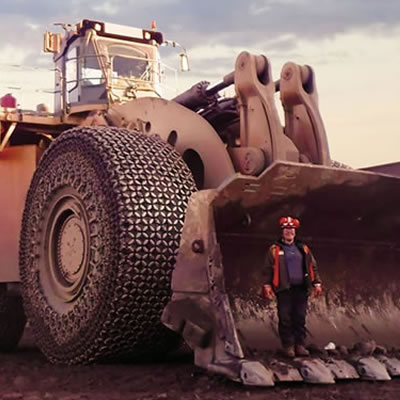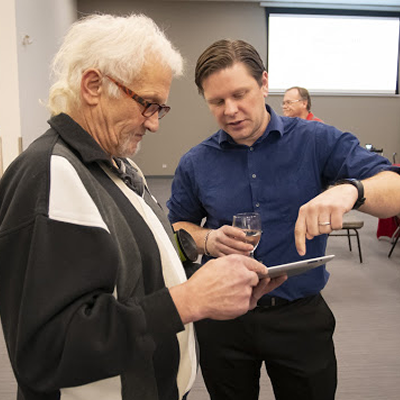Integra Gold launches a gold rush challenge
Contestants will analyze and interpret the data to come up with the location of the next discovery on the property
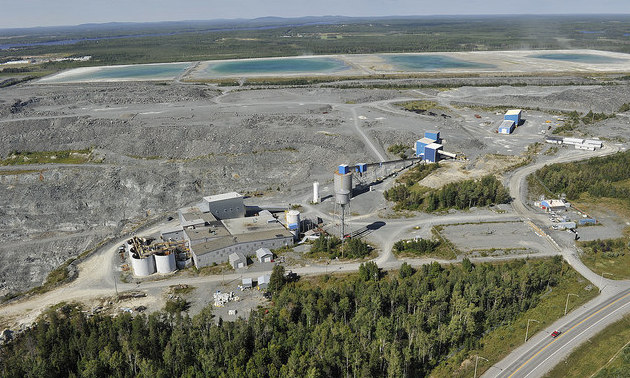
An aerial photo of the fully permitted Sigma milling facility and tailings, looking north. — Photo courtesy of Integra Gold
Integra Gold launched its Gold Rush Challenge in September, inviting explorers to help sift through mountains of data to find the next big deposit at the historic Sigma and Lamaque mines.
Mark Stockton, business development, and manager of the Gold Rush Challenge for Integra Gold, said the event came to fruition as a result of several factors.
“First off, we acquired the Sigma/Lamaque property for the prime reason of using the fully functional mill and tailings facility sitting on top of it,” he said. “After taking possession of the property, we began to discover vaults of data located in different buildings.”
A number of employees began digging into these vaults and understanding the sheer volume of the data they were dealing with.
“At this point we came to a crossroads,” said Stockton. “Do we divert our own manpower away from their tasks at hand to begin making sense of this data, or do we wait a few years until a they have the time in their schedule to do so? Neither option worked for us, so we came up with the idea of the Integra Gold Rush Challenge.”
The Gold Rush allows Integra Gold to keep its key technical work force focused on bringing its primary Lamaque South project into development, while allowing it to use the collective brainpower and bandwidth of the mining sector at large to unearth the potential locked inside the data that came with the property.
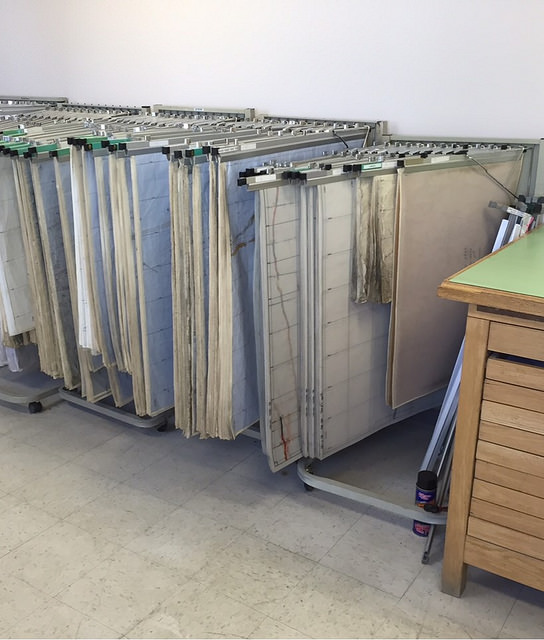
A few of the maps that were inherited by Integra Gold through the acquisition of the Sigma-Lamaque Mill and Mines. These maps were digitized and included in the trove of data compiled for the Gold Rush Challenge. — Photo courtesy of Integra Gold
This was the ideal property for a Gold Rush type challenge because the past-producing Sigma and Lamaque mines were shut down under previous owners in the 2000s and 1980s respectively due to low metal prices, labour unrest and other macro events, but, most importantly, said Stockton, “not because the resource ran out.”
Together, the mines produced over nine million ounces of gold during 75 years of operation.
“The data dates back to 1934 and includes over 30,000 historic drill holes, more than 500,000 gold assays, detailed plans on hundreds of kilometres of mined underground workings and other mining statistics, along with photos,” said Stockton.
The down-dip extension of the Lamaque Mine, below 1,100 metres vertical, is the most obvious target. The area was subjected to extremely limited past drilling within a largely unexplored volume of rock.
Between 1955 and 1985, the Lamaque Mine was Québec’s largest gold mining operation and host to one of the highest ounce-per-vertical-metre gold deposits (4,000 oz Au / meter) in the Abitibi Greenstone Belt, one of the richest gold belts in the world.
The Challenge works like this: contestants will analyze and interpret the data to come up with the location of the next discovery on the property. A number of industry sponsors have partnered with the Gold Rush to give the contestants the tools they need in order to model, understand and analyze the data. The winner will take away his or her share of a million dollars.
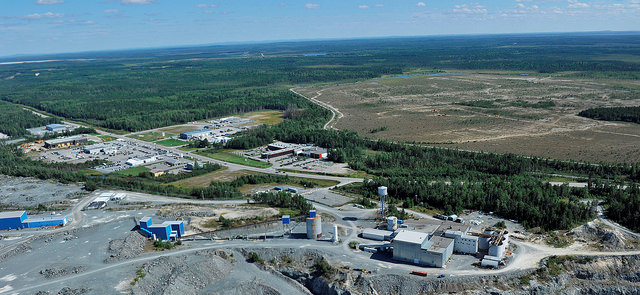
An aerial photo of the Sigma Milling Facility looking southeast towards the Lamaque South property. A drill can be seen operating on the Parallel Zone (the yellow dot within the treeless area). — Photo courtesy of Integra Gold
The Gold Rush Challenge is modelled after Goldcorp’s similar crowd-sourced type challenge held in 2000, in which contestants analyzed approximately 500 MB of data.
“While we had a precedent, times and technology have changed since then, and there were a number of characteristics of the Integra Gold Rush Challenge that made it unique and took a lot of brainstorming to solve,” said Stockton.
The initial database contained roughly six terabytes of information, a number unmanageable for the average user and computer, and much of this data was stored in image files, copies and scans of historic data. Integra Gold hired InnovExplo Inc of Val-d’Or to organize the data into a fully integrated digital database with an approximate size of 26 gigabytes.
“Then the question remained, how do we distribute this data to contestants around the world?” said Stockton.
At present, the competition has roughly 1,000 competitors from over 70 countries, from Greenland to Mozambique. Amazon Web Services partnered with Integra Gold to facilitate distributing the data via a database hosted in six servers around the world.
The challenge opened September 16, and contestants have until December 1, 2015, to upload their submission to the HeroX platform. On February 1, the top 20 semi-finalists will be announced, and 15 days later, the group will be narrowed down to five.
“On March 6, Integra will host a Shark Tank style event at the 2016 PDAC in Toronto, where the top five finalists will present their proposals to a panel of industry “sharks” in front of a high profile crowd, and a winner will be announced,” said Stockton.
Contestants can learn more and sign up on the website www.HeroX.com/IntegraGoldRush


